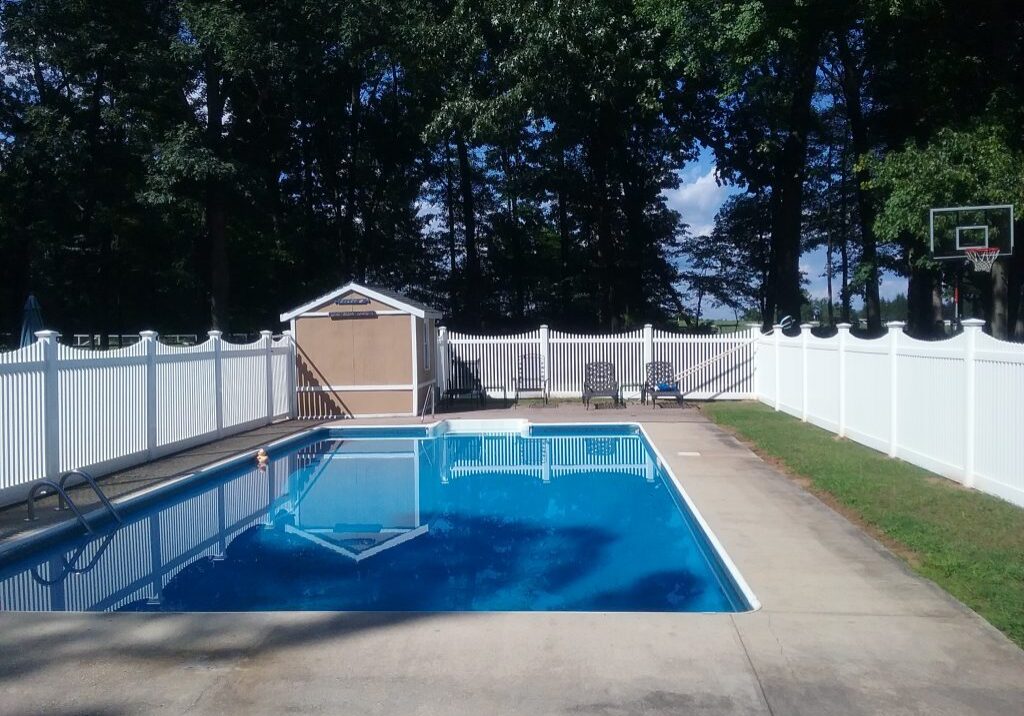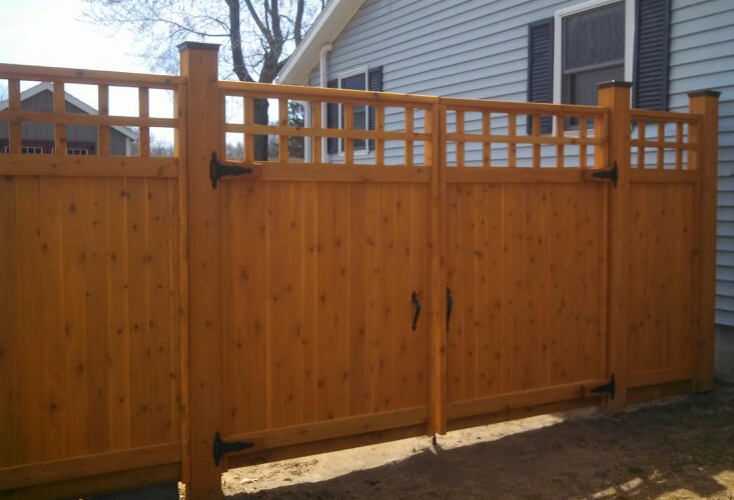All Categories
Featured

Acknowledging the indicators that your fencing needs to be changed can aid you avoid further damage and preserve the safety and look of your home. Below are some essential indications that it's time to change your fence.

- Visible Damages or Degeneration
One of one of the most evident indications that your fencing needs to be replaced is noticeable damages. Whether it's from weathering, crashes, or parasites, any type of major fractures, splintering, or missing boards can significantly reduce the architectural honesty of your fencing. Replacing the whole fence might be extra cost-effective in the long run. if the damage is considerable and goes past simply a couple of fixings.
- Leaning or Sagging
A leaning or sagging fencing is a clear sign of a trouble. In time, the rails and blog posts can move because of moisture, deteriorating, or inadequate installment. If your fence is no more standing directly or leaning at an angle, it's an excellent indication that the foundation is endangered, which might call for a full replacement. Even if the fence seems leaning slightly, it could be an indicator of underlying architectural concerns that could intensify with time.
- Rotting or Worn Out Timber

Wooden fencings are particularly prone to rot and decay, especially in locations that experience high levels of dampness or moisture. If you discover that parts of your wooden fence are soft, discolored, or have visible mold and mildew, these are all indications of rot.
- Rust and Rust (For Metal Fencings)
If you have a steel rust, rust and fencing are usual indications of degeneration. If you discover any considerable weakening or huge areas of rust, it might be time to think about changing your steel fencing.
- Fence No Longer Satisfies Your Demands
An additional factor to change your fence can be that it no more serves its intended objective. Gradually, your demands may alter-- maybe you require a higher fencing for even more personal privacy or a more powerful one for increased security. If your fence no more fulfills your requirements or doesn't straighten with your present choices, it might be time to update to a brand-new, more practical layout.
- Fading and Staining
While fading and staining are generally aesthetic concerns, they can still show that your fence is maturing. Exposure to UV rays and extreme weather condition can trigger fencings to shed their original color, making them look dull and worn. If the fading is comprehensive and you've currently tried cleaning up and discoloring the fencing, it may be time to replace it to recover the appearance of your home.
- Frequent Repair Services
If you find on your own continuously repairing your fencing, maybe a sign that the fence is nearing the end of its life-span. While small repair work can expand the life of a fencing, frequent repairs might indicate that the structure is no longer steady. In this instance, it may be a lot more cost-efficient to replace the entire fencing instead than continuing to buy fixings.
Verdict
Replacing a fence is a substantial financial investment, yet it is crucial for maintaining the privacy, safety and security, and curb allure of your residential or commercial property. If your fencing is showing indications of damage, rot, leaning, or various other architectural problems, it's essential to examine whether a replacement is required. By identifying these indication at an early stage, you can make enlightened choices regarding when to replace your fencing, guaranteeing your residential property stays safe and visually appealing for several years ahead.
Latest Posts
The Benefits of Consistent Auto Maintenance at Montclare Auto Repair Keeps Your Wallet Happy
Published May 26, 25
1 min read
Unlock WyHy Federal Credit Union – Top Benefits for Your Future
Published May 25, 25
1 min read
Check Out Budget-Friendly Auto Repairs with Montclare’s Exclusive Service Specials
Published May 24, 25
1 min read
More
Latest Posts
The Benefits of Consistent Auto Maintenance at Montclare Auto Repair Keeps Your Wallet Happy
Published May 26, 25
1 min read
Unlock WyHy Federal Credit Union – Top Benefits for Your Future
Published May 25, 25
1 min read
Check Out Budget-Friendly Auto Repairs with Montclare’s Exclusive Service Specials
Published May 24, 25
1 min read